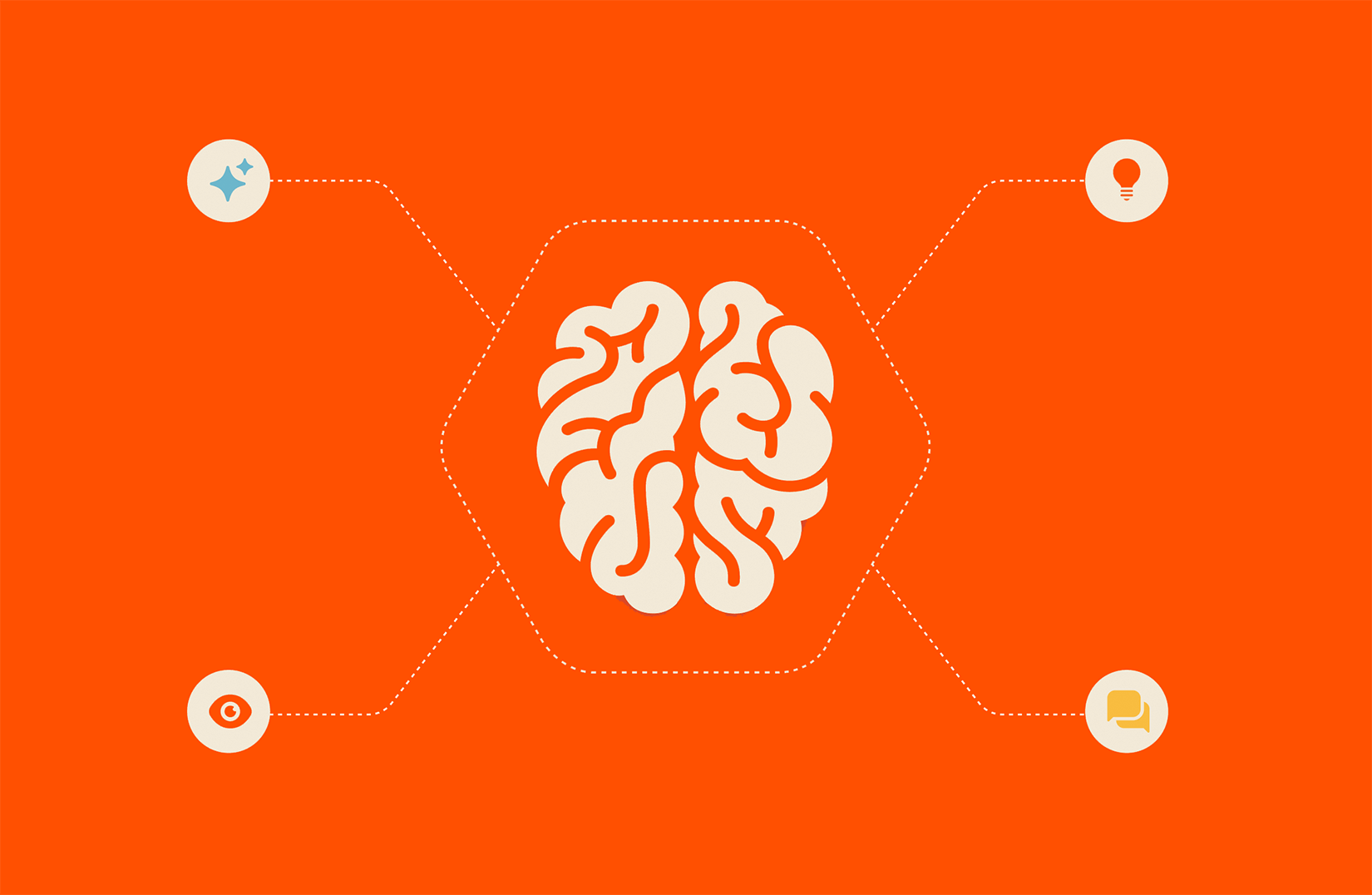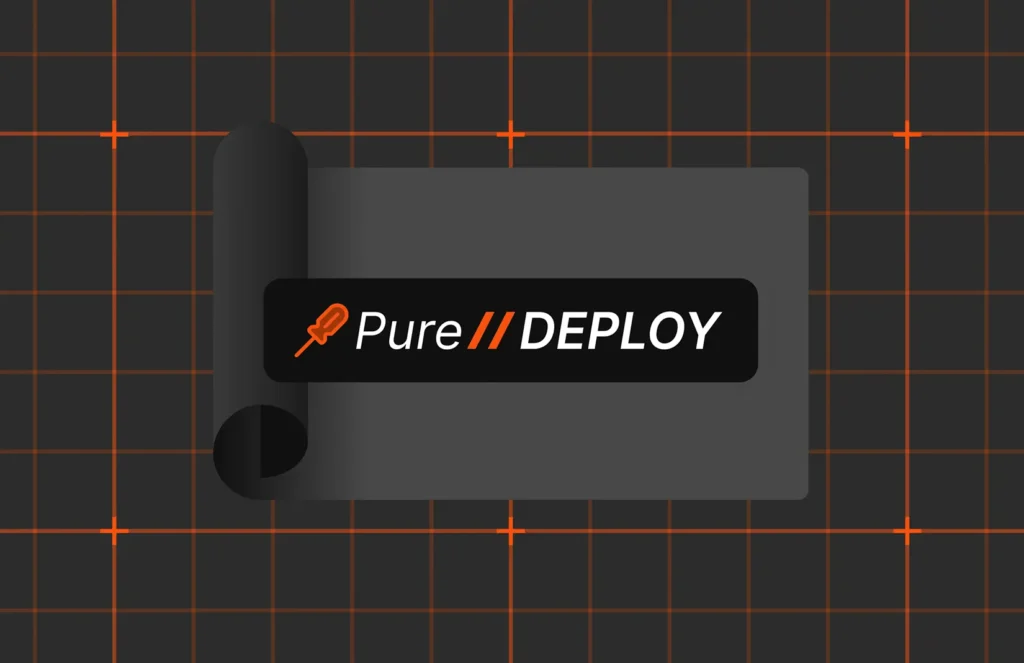It is hard to look anywhere these days and not get crushed by an artificial intelligence (AI) cacophony of how it will revolutionize the workplace and fire everybody, permanently change the world for good or bad, or even improve how you will order fast food. The hype and noise of it is everywhere and practically unavoidable.
But 2024 has thrown some interesting curveballs. A recent Forbes newsletter notes, “2024 so far has seen buzzy startups facing the stark realities of actually building AI: excessive energy demands, never-ending data dilemmas, and expensive infrastructure… Other than the chipmakers making AI hardware, it’s still too early to know how much AI will affect companies’ bottom lines.”
It’s time to take a step back from the AI hype. And I’ll explain why.
AI isn’t really “new” at all. It has been doing things behind the scenes in many places for quite some time. It has even existed as a concept since 1950. A deeper orientation of it must be understood beyond the hype to make more informed decisions on how it can offer real benefits and ROI.
What Is Artificial Intelligence, Really? Key Terminology and Context
The term “artificial intelligence” is not actually a single entity; it’s a collection of related technologies that are able to handle a wide spectrum of advanced computing outcomes that occur with minimal or no human intervention. AI is actually a vast set of technical subdisciplines:
- Natural language processing (NLP): System logic can analyze text-based input or output for intent or sentiment, which allows for flexible, more human-like interactions. Entering what you’re looking for into a search engine with typos and bad syntax and still getting good answers back is an example of NLP.
- Machine learning (ML): System logic leverages statistical algorithms to train on big data sets to learn and provide insight on patterns not easily found through human means. Spam filtering or product recommendations based on previous purchases are examples of machine learning.
- Deep learning (DL): This is also a form of machine learning, but the system logic and algorithms train in a neural network to provide an added dimension of abstraction to their outcomes. Image recognition for people, objects, etc. is an example of deep learning.
Generative AI (GenAI) is not in the above list because it is a blend of all three above disciplines to provide outcomes that are closer to real time and interactive via NLP, unlike the more “one-way street” how other AI tools tend to operate.
But, GenAI’s core is nothing more than machine or deep learning algorithms that train on huge data sets to create its results.
One important caveat: Anything AI generates is based on pattern recognition or statistical calculations and training from data sets; there is no synthesis in its results. For instance, a GPT-based chatbot can write an article on atomic fission based on word relationship statistical calculations from a large set of data from the Department of Energy, but it can’t determine if what it produced is accurate or draw any conclusions or recommendations from it. All of this makes AI prone to a long-standing computing maxim: garbage in, garbage out (GIGO).
AI Augmentation Is the Key
AI’s value to any business operation or software is tied to the augmentation value it provides; it is not a standalone product like a word processor or calculator. And the key to AI’s success (and your ROI from it) in any situation lies in its ability to enhance existing functions with deeper insights or potential conclusions.
Many software companies have been doing AI augmentation for several years; it’s just a feature enhancement they’ve implemented behind the scenes. Pure1’s ability to support AIOps is a great example of this—its ML algorithms are constantly training on a customer’s unique storage telemetry it’s fed to look for unique patterns exclusive to the array. Consumption trends, optimization suggestions, and security recommendations it provides are great examples of how AI augmentation can add tangible value.
Here are some others to consider.
General AI Augmentation Examples
The ROI conversation is tricky because many industries and workloads (and Pure Storage customers) have already benefited from AI in the past with ML or DL augmentation—it’s not new. What is new are recent pricing improvements for compute, more ubiquitous access to AI-capable hardware, and retrieval-augmented generation (RAG) that offer a chance for other enhancements and benefits to emerge:
1. Streamlining IT support. Copilots and chatbots are used for reducing the number of tickets for IT support teams. GenAI-powered workplace helpdesk platforms can streamline support operations and lead to faster resolutions and better customer satisfaction. The low barrier to entry is attractive here, too. For example, with Moveworks, users can create their own custom copilots—all without any code—that can leverage data from chatbot interactions, support tickets, and knowledge bases.
2. More ubiquitous data analysis. Until recently, data analysis tools required specialized knowledge of their syntax that only data scientists had; this limited effective access. Many of these tools are now starting to leverage NLP engines and enable a more fluid and flexible way to query data. These queries can be as simple as ones posed at a meeting, like, “How has my customer demographic changed in the last three years?” The subsequent response to that request would be in plain language and easily understood—no translation from a data analyst required. This puts the power of learning from data into the hands of everyone in an organization—not just data scientists.
3. Generating images, infographics, and video. Anybody who needs to supplement a deliverable with visual artifacts can leverage GenAI to create them. This can be iterative—meaning designers can use the images as a starting point to save time. A great example of this augmentation is Adobe Stock library, which now offers GenAI image generation.
4. Streamlined software development. Software development has benefitted from AI augmentation for quite some time. Automating repetitive tasks, enhanced debugging, detecting security gaps, and documenting code functionality are all viable use cases already being leveraged. McKinsey recently speculated GenAI could help developers jump-start the first draft of new code by entering prompts in their integrated development environment (IDE) for creating software.
5. Improved training and learning. There’s enormous potential to streamline and customize training using generative AI—or simply make it easier for end users to sift through volumes of training content. HR and development professionals can also tap AI to analyze feedback from learners, create summaries of class material, or create role-playing scenarios to help them practice their skills.
Industry-specific AI Augmentation Examples
- Electronic design automation (EDA). EDA is represented by a category of software tools that enable workflows for efficient integrated circuit, printed circuit board, memory, and processor design. These workflows are complicated processes that require many steps to design, engineer, and model things before they’re released to manufacturing. And, while many of these processes leverage an existing circuit design that gets modified and improved for the next release, modeling and testing has generally focused on ensuring the new iteration meets the established design specifications within its own cycle—analysis from previous models was not part of the process.
These workflows are now beginning to be augmented with AI to improve product design and quality from previous build and testing models to provide additional design and engineering improvement guidance not previously feasible through human analysis. For instance, an AI-augmented EDA workflow may identify that a chip being updated could benefit from rearranging certain processor sectors to provide a speed boost or power reduction, thus improving the design in a new dimension unrealized before.
- High-performance computing (HPC). AI augmentation with HPC can be tricky because its infrastructure models are different, but some organizations are implementing them together to allow researchers richer data analysis outcomes that enable more refined model simulations and better results. This streamlining can allow for fewer simulation runs and more effective use of the HPC infrastructure.
How Does the Pure Storage Data Platform Support AI Workloads?
While many current exploratory AI projects are leveraging the cloud via IaaS and SaaS, there is increasing indication many will be moved back to on-premises data centers due to better cost controls and risk management considerations. The Pure Storage platform is a superior solution when those migrations occur for several reasons:
- Multi-dimensional performance advantage. AI workloads are best served with high-performance scale-out storage, and FlashBlade//S™ delivers this with high-speed metadata performance and massive throughput for any file or object workload, irrespective of data size—elements critical to supporting GPU-processing AI workloads.
- Dynamic scalability. Seamlessly scales capacity, performance, and metadata to independently manage both petabytes of data and billions of files to meet modern application needs. Truly modern file and object platforms don’t require admins to manually move storage allocations around to make new requirements fit.
- Always available. Delivers platform high availability over multiple years with software and hardware upgrades that avoid unnecessary downtime or data migration headaches.
- Delivered as a consumable service. Modern IT budgets are shifting from large CAPEX purchases to aligning with an OPEX, consumption-based model for both hardware and software. Pure Storage® Evergreen//One™ for AI enables you to acquire storage not only via an SLA subscription but also with pricing based on performance over usable capacity.
- Cybersecurity savvy. Pure1® anomaly detection and SafeMode™ Snapshots effortlessly enable the ability to mitigate risks associated with modern ransomware and other cybersecurity attacks and the ones we don’t know about yet.

Real-world Organizations Gaining ROI from AI
AI Has You Wound Up? Breathe Easy—Pure Storage Can Help!
AI offers a lot of potential for many organizations, but getting beyond the hype is key to gain a better understanding of its potential value. Don’t rush it. It is not something new or magical and has been around for a long time…it’s just another workload that has CPU, memory, and storage performance requirements like all applications. Pure Storage has been ready for this innovation wave since we came out of stealth mode in 2011 by being all-flash, easy to use, and the most flexible platform out there.
Have questions? Contact the Pure Storage sales team to learn more about how we can help you thrive in the AI era.
Learn more about enterprise AI considerations, the future of AI, and tips for successful AI initiatives from AI expert Dr. Kirk Borne:
On-demand webinar: The Future of AI and Lessons Learned from a Former Space Scientist, now Data Scientist | Pure Storage
Thrive in the AI Era
See how Pure Storage can help you power your AI efforts.








